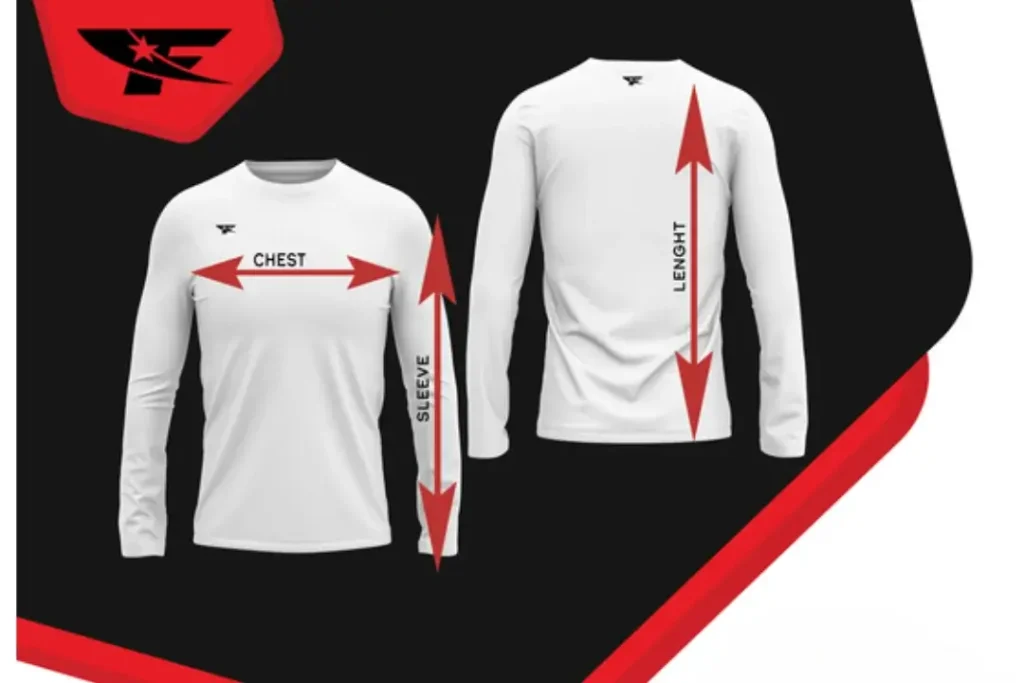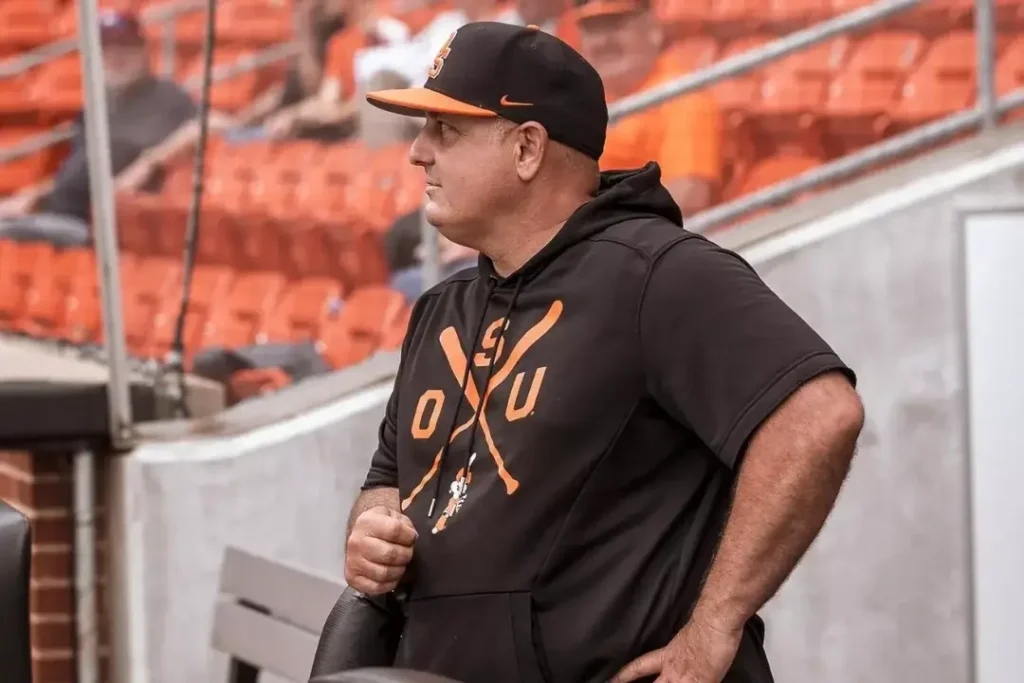
Types Of Hoodies
Best Types Of Hoodies That Fits Every Style And Gender , Find Your Perfect Match. GET A QUOTE “ Managing a baseball team’s uniforms is no small task for any head coach whether in school, university or even MLb league. Hoodies are a flexible and famous clothing item known for their solace and easygoing style. While hoodies might appear to be uniform at first glance, there are different sorts that cater to various inclinations and events. One common kind is the sweatshirt hoodie, described by its ease and simplicity of wear. Zip-up hoodies highlight a front zipper for added comfort and flexibility in styling. Hoodies with kangaroo pockets are sustainable and give further warmth to the hands. Oversized hoodies provide a cozy and comfy fit, best for relaxing or layering. Crop hoodies, then again, give a trendier and chic look. Hoodies with graphic prints or logos add a hint of character and style to an outfit. Classic plain hoodies in unbiased colors are timeless and adaptable, appropriate for regular wear. Technical hoodies designed with dampness-wicking or warm properties are perfect for dynamic hobbies and outside exercises. Those produced using eco-friendly materials cater to those aware of sustainability. Hoodies with ribbed sleeves and stitches give a cozy fit and added protection. Two-color hoodies or color-blocked hoodies provide a cutting-edge and eye-catching style. In this far-reaching blog, we’ll explore different types of hoodies, exhibiting their flexibility and style varieties. With such a different scope of hoodies accessible, there is a style to suit each taste, event, and preference, making them a closet staple for all. What Are Hoodies? A hoodie is a sort of pullover or coat that includes a hood, giving extra warmth and inclusion to the head and neck. It is a flexible and agreeable piece of clothing commonly made of delicate and comfortable materials like cotton or fleece. Hoodies frequently have a front pocket, known as a kangaroo pocket, for practicality and style. They are well known for their easygoing allure, simplicity of wear, and capacity to be styled in different ways for both relaxing and ordinary activities. Different types of hoodie arrive in a large number of styles, varieties, and designs to suit various inclinations and styles, making them a staple in numerous closets for their combination of relief and style. Exploring a Variety of Hoodie Styles A Guide to All Different Types of Hoodies Hoodies arrive in a variety of styles, catering to each and every taste and event. From characteristic pullover and zip-up to popular cropped and oversized varieties, the world of hoodies is however different as it is classy. Whether you favor an energetic athletic hoodie or a rich fur-lined choice, there’s a hoodie type to suit each character and design inclination. Here are different types of hoodie below: 1. Pullover Hoodie A characteristic style with no front opening basically pulls it over your head for easygoing solace and simplicity. 2. Zip-Up Hoodie Highlighting a zipper down the front, this flexible hoodie considers customizable inclusion and simple layering. 3. Fitted Hoodie Custom-made for a smooth outline, this hoodie embraces your body for a more perfectly sized look. 4. Color Block Hoodie Make a statement with differentiating blocks of color, adding a unique touch to your casual gathering. 5. Raglan Hoodie It is known for its exclusive sleeve design that reaches out in one part of the collar, providing upgraded versatility and a sporty visual. 6. Sleeveless Hoodie This is ideal for layering or displaying your arms, this hoodie gives relief without the sleeves. 7. Cropped Hoodie Popular and youthful, this style hits over the midsection, adding a cutting-edge bend to your closet. 8. Oversized Hoodie it gives a comfortable and casual vibe with additional space for solace and a laid-back look. 9. Athletic Hoodie Designed for execution, this hoodie highlights dampness-wicking fabric, and a sporty outline. 10. Knitted Hoodie Made with knitted fabric, this hoodie gives a comfortable and textured charm, ideal for cooler seasons. 11. Baja Hoodie Stimulated by Mexican serape covers, this hoodie features peaceful fit and energetic colors for bohemian flair. 12. Fur Hoodie It is lavishly fixed with faux fur or shearling for added warmth and a stylish, comfortable touch. 13. Cardigan Hoodie Mix the solace of a hoodie with the refinement of a cardigan, giving a flexible layering choice. 14. Flannel Hoodie Infuse your closet with a comfy and chilled vibe with a hoodie made from a delicate wool texture. 15. Tunic Hoodie Easily slick, this extended hoodie coordinates well with leggings or thin jeans for a stylish, calm look. 16. Asymmetrical Hoodie Make a design statement with one-of-a-kind asymmetrical cuts and details for a cutting-edge bend on the typical hoodie. 17. Funnel Neck Hoodie It has collapsed neck area that gives additional glow and a fashion-forward charm. 18. Pocket Hoodie Comfort meets style in this hoodie with efficient pockets, adding a practical touch to your hoodie communal. 19. Cut Out Hoodie It shows off an indication of skin with usefully positioned cutouts, adding a bit of edgy feel to your look. 20. Ombre Hoodie Ombre Hoodie progress through an inclination of colors, adding a popular and creative touch to your outfit. 21. Varsity Hoodie One of the most popular hoodie that provides a sporty and university look with varsity-motivated details like stripes and letter patches. 22. Camo Hoodie Mix into style with a camouflage print hoodie, adding a rough and popular touch to your closet. 23. Metallic Hoodie Radiate brilliantly with a metallic completion hoodie, ideal for adding a touch of style to your easygoing look. 24. Reversible Hoodie Twofold the style choices with a hoodie that can be worn back to front, giving flexibility and a two-in-one look. 25. Personalized Hoodie Make it exceptionally yours with modified details, like monograms or designs, for a customized touch. 26. Battery-Heated Hoodie It helped you remain warm in chilly circumstances with a battery-worked heating system incorporated into your hoodie. 27. Detachable Hood Hoodie Enjoy flexibility with this













